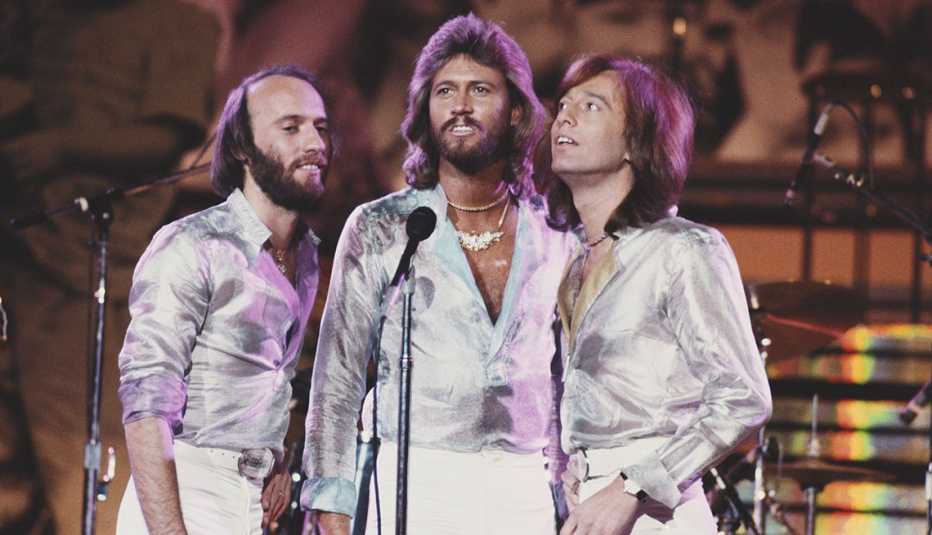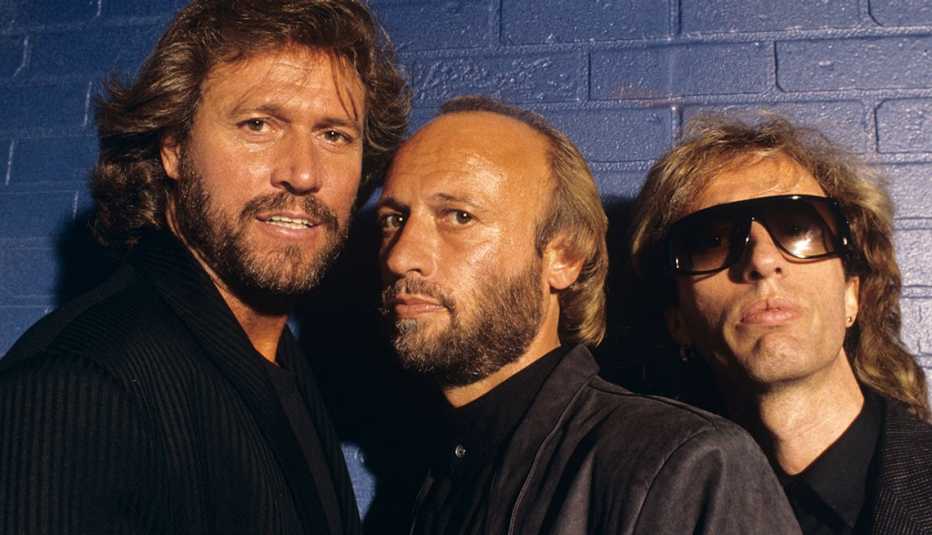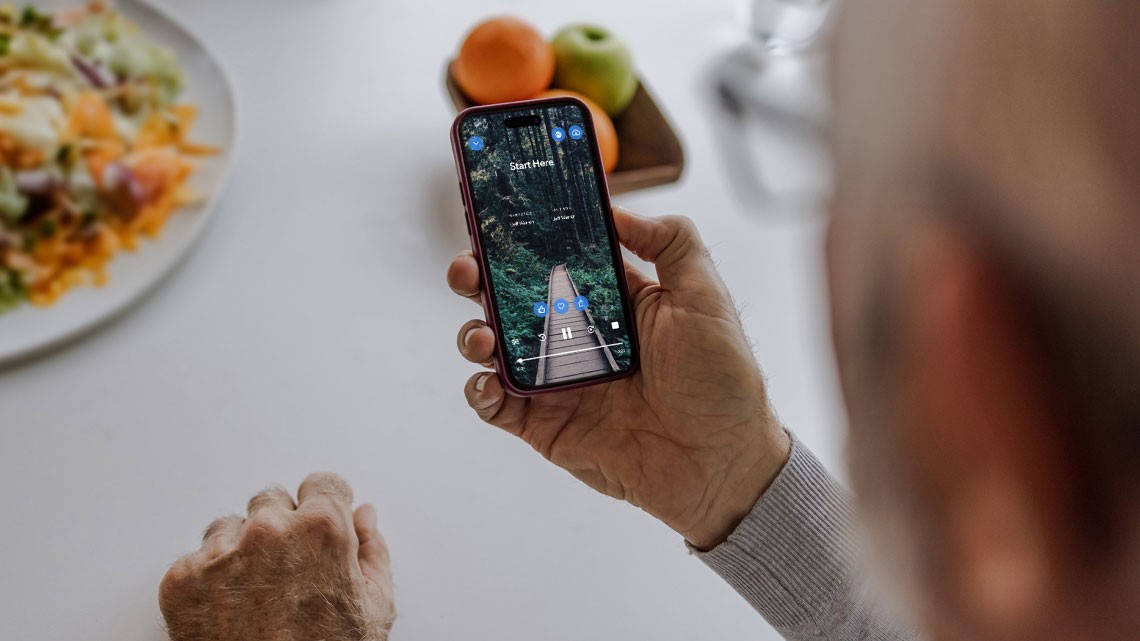Staying Fit


You know 1970s classics like “Stayin’ Alive” and “More Than a Woman” — but how much do you know about the influential trio behind them? That would be Barry, Maurice and Robin Gibb, musical siblings who inundated the radio waves, pop charts and American consciousness in 1977 with a soundtrack forever linked to the white-suited dance-floor moves of John Travolta in the hit movie Saturday Night Fever.
The brothers' lives, though, were full of ups and downs. There were the fantastic career triumphs: They remain the only group to have landed singles in Britain’s top 10 in the 1960s, ’70s, ’80s and ’90s — a command of the entire modern pop era. And they wrote many more songs that were made famous by other high-powered singers, such as Al Green (“How Can You Mend a Broken Heart”), Kenny Rogers and Dolly Parton (“Islands in the Stream”) and Barbra Streisand (“Guilty”).


AARP Membership— $12 for your first year when you sign up for Automatic Renewal
Get instant access to members-only products and hundreds of discounts, a free second membership, and a subscription to AARP the Magazine.
They also had their share of challenges. Born into poverty and singing for tossed coins as kids, the Gibbs (who also had a fourth, younger brother, singer Andy Gibb) experienced humiliating setbacks, suffered battles with substances, fought with each other, and witnessed their biggest success become, for a while, a cultural joke. But they endured.
It’s all in the pages of The Story of the Bee Gees: Children of the World by British pop music historian Bob Stanley, who offers a passionate homage to this “deeply odd, and quite wonderful” band of brothers. He captures their precocious youth, near-death experiences, family feuds and musical moments throughout their unprecedented careers, as well as the deaths of Maurice in 2003 at age 54 and Robin in 2012 at 62.
Here are 11 surprising things we learned from this definitive new biography of the Bee Gees.
1. The Gibb brothers were originally from a quirky independent little island off the coast of England.
Before moving to Australia, Barry, Robin and Maurice were born and spent their earliest years on Ellan Vannin, also known as the Isle of Man, a British Crown dependency with its own flag and parliament that sits in the Irish Sea. A seaside hotel lured the boys’ bandleader father, Hugh, to move there in the late 1940s, and the brothers, writes Stanley, “would make it their playground, a sandpit they could return to when times were rough, a place entirely other to the pop world. Robin, in particular, went on to write loving laments to the mountainous island, naming his last solo record after one of the houses the infant brothers lived in.”
2. The family lived in poverty.
Hugh’s work never paid well enough to allow the growing family to put down roots. They were always on the run, looking for better opportunities (and avoiding landlords), from the Isle of Man to England, and eventually all the way to Australia. Stanley quotes Barry: “We probably rented twenty houses during the seven years or so that we were in Australia. I think, without over-emphasizing it, my father just didn’t pay the rent. We were that family in the middle of the night with the suitcases.”



































































More From AARP
8 Unforgettable Moments from the 2024 Grammys
Joni Mitchell, Billy Joel, Tracy Chapman and Celine shine at the music industry’s top awards showIt's Still Rock and Roll to Me!
The list of final concert tours to see before the end of 20249 New Music Memoirs and Biographies for Rock and Blues Fans
Get the inside stories on B.B. King, Led Zeppelin, Stevie Van Zandt and other legends
Recommended for You